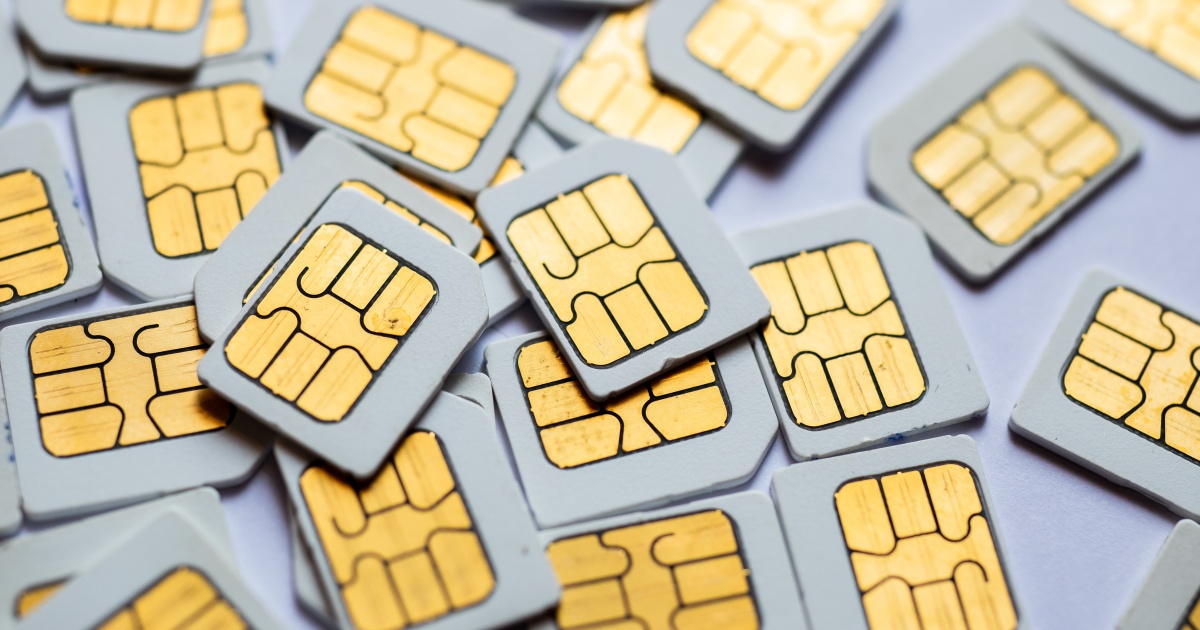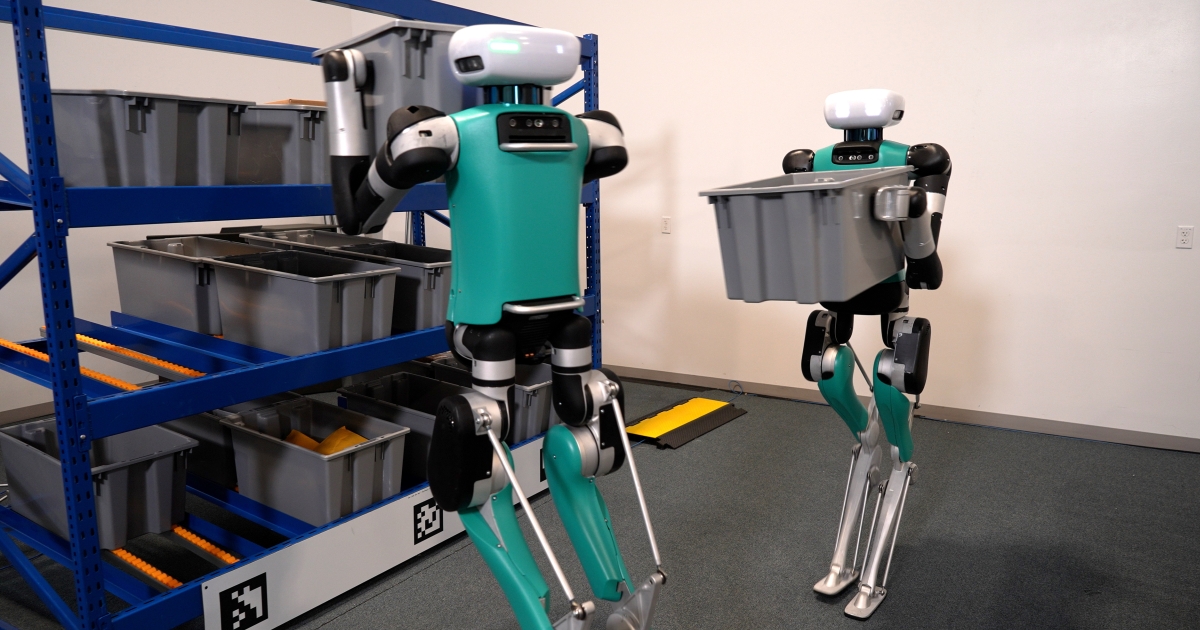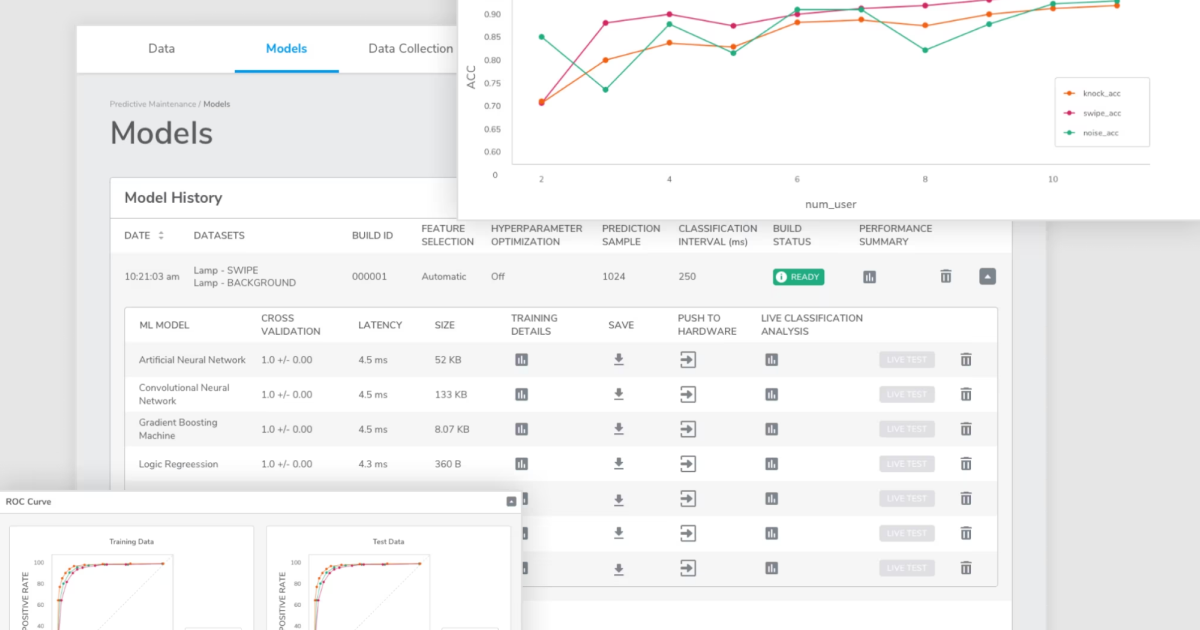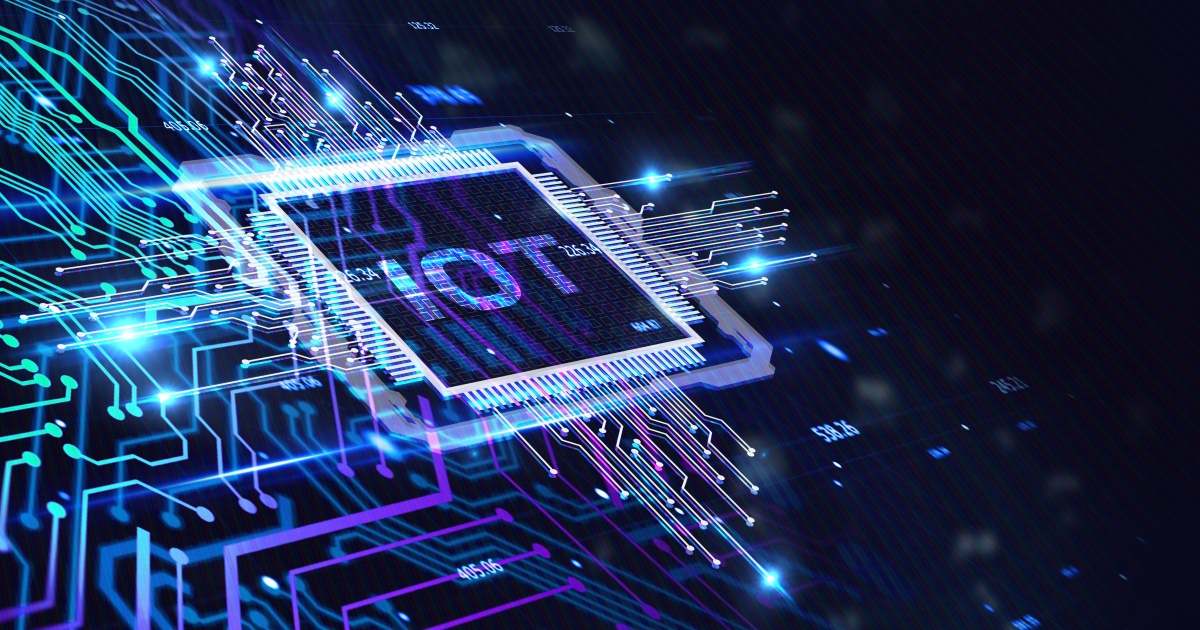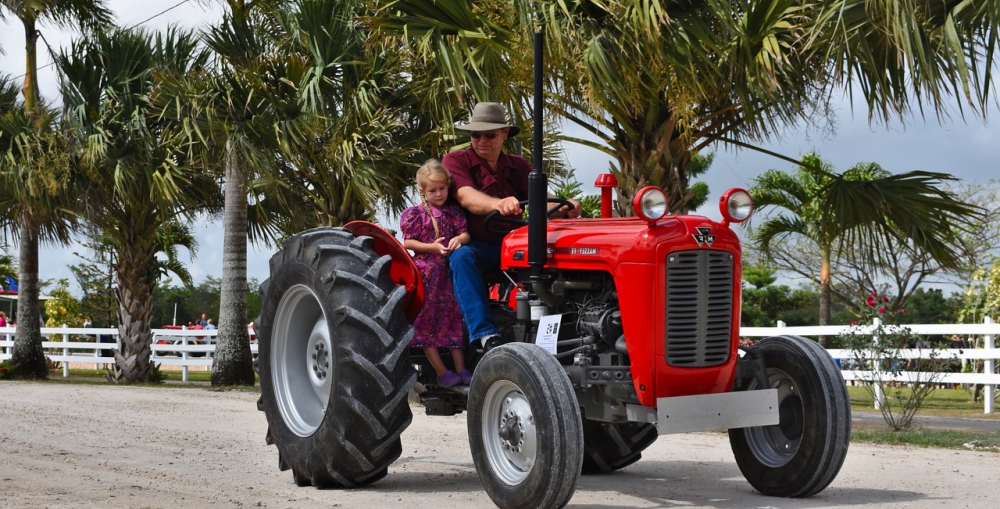
The Industrial Internet of Things (IIoT) is driving a new industrial revolution – and this one’s centered on the automation of industrial processes. All kinds of industries are affected, and agriculture is no exception. Smart farming technologies promise to help farmers monitor livestock, assess crop growth and soil quality, limit water use, control temperature, and more, so that raising crops and animals is easier than ever.
Not only will smart farming technologies make it easier for industrial farmers to grow the food we need, it’ll also make growing that food more sustainable by reducing reliance on fossil fuels, maximizing food quality, and minimizing resource use. In fact, smart farming could be the answer to meeting rising global food needs as the world’s population reaches
9.6 billion by 2050, weather gets weirder, and climate change makes it harder to grow traditional crops.
Automated Greenhouses Free Farmers from Fossil Fuels
Greenhouses have long allowed farmers to produce crops in poor conditions; they protect plants from wind, snow, hail, cold temperatures, and even pests and parasites. A greenhouse is an enclosed ecosystem where the farmer can control the temperature and the amount of light, water, and nutrients plants get. But successfully running an industrial greenhouse is harder than it sounds.
Automated greenhouse technology is changing that. A smart greenhouse uses wireless technology and a range of sensors and control mechanisms to help farmers keep an eye on the conditions inside their greenhouses 24/7. That’s important, because when something goes wrong in a greenhouse, plants can start dying quickly, and that could mean financial hardships for the farmer and food shortages for the people who depend on his or her crops.
Low-tech “dumb” greenhouses require a lot of hands-on intervention to ensure that the plants don’t get too hot or too cold, that they have enough sunlight, that they’re getting enough water and food, and that they’re not falling prey to disease or pests. Smart greenhouses use sensors to monitor temperature and water consumption, light levels, humidity, and water pressure. The entire greenhouse can be automated so that the sensors can open windows, turn on fans, mist the plants, raise or lower the temperature, or dispense fertilizer automatically, saving time, money, energy, and labor. Some smart greenhouses use solar panels to generate the electricity they need to function, making them 20 to 30 percent cheaper than a standard greenhouse over the course of about 20 years – and, of course, freeing farmers from the need to rely on fossil fuels to grow greenhouse crops.
Drones Can Watch Fields and Do Grunt Work
Drones are good for more than just delivering your Amazon Prime Air packages. Farmers are using them to keep an eye on their fields, and even to do some farming tasks. Both aerial and earth-bound drones allow farmers to monitor the health of field crops, by monitoring both the crops themselves and by performing soil analysis. Aerial drones can be used to easily monitor the progress and health of growing crops. Drones can also plant new seed, irrigate fields, and spray crops when necessary. With advanced functions like integrated GIS mapping and crop health imaging, drone technologies make data collection and analysis easier, and can help farmers increase yields while cutting down on labor.
Wireless Tech Monitors Livestock
Farmers with large herds of livestock have a big job cut out for them – they have to monitor the health of hundreds of animals, keep track of where they are, and act fast to remove sick individuals from the herd before they can make the others sick, too. When a pregnant animal goes into labor, the farmer who owns it needs to know right away, so he or she can rush to assist the birth.
Wireless devices are making it easier for ranchers and farmers to take care of their herds, by giving them real-time updates and the health, well-being, and location of their animals. For example, one sensor technology lets farmers know when a pregnant animal has begun to give birth, by sensing when the animal’s water breaks and alerting the farmer. These technologies let farmers take better care of their animals, so that more meat, eggs, milk, and cheese make to the consumer’s dinner table.
Technology is changing our world in ways that may not be readily apparent – for example, it’s streamlining and improving industrial farming practices, so that famers can continue to feed the world for decades to come.

